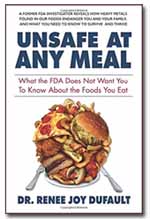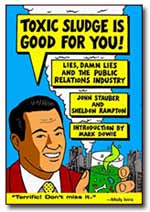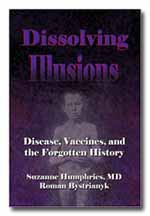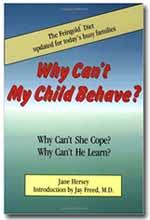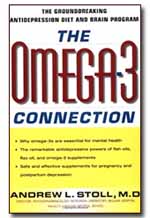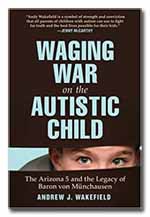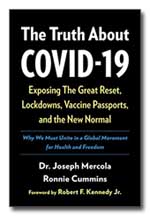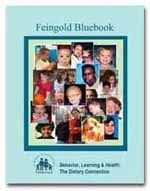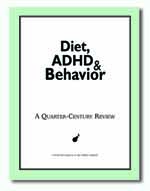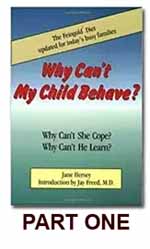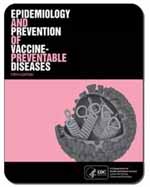 American Journal of Psychiatry, 2013. March. 170(3): 275-89.
American Journal of Psychiatry, 2013. March. 170(3): 275-89.
This paper is a review of dietary and psychological treatments for ADHD.
QUOTE (Conclusion): “Free fatty acid supplementation and artificial food color exclusions appear to have beneficial effects on ADHD symptoms, although the effect of the former are small and those of the latter may be limited to ADHD patients with food sensitivities.”
He was less impressed with behavioral interventions, pointing out that only people with an investment in the treatment success seemed to see any evidence of it.
NOTE: Although “treatment as usual” controls are used in some of the studies reviewed, he admits that “allowing medication in treatment as usual may have reduced effect sizes for the nonpharmacological comparator.” He apparently decided the problem could be minimized by conducting “sensitivity analyses to compare effect sizes for those trials with low/no medication.”
NOTE: The author doesn’t mention that the only way to know if a person has “food sensitivies” is to actually try an elimination diet such as the Feingold diet or the more restrictive Failsafe or oligoantigenic diets.
NOTE: As a point of interest, the Developmental Brain-Behavior Lab is funded by Eli Lilly, the Wellcome Trust, and Shire Pharmaceuticals, among others.
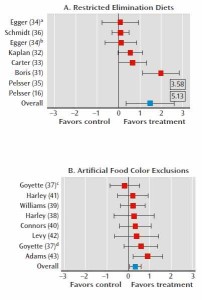 List of dietary studies reviewed:
List of dietary studies reviewed:
- Boris, 1994
- Kaplan, 1989
- Carter, 1995
- Egger, 1985
- Schmidt, 1997
- Pelsser, 2009
- Pelsser, 2011
List of studies on food color reviewed:
- Adams, 1981
- Connors, 1976
- Goyette, 1978
- Harley, 1978
- Levy, 1978
- Williams, 1978
NOTE: It is strange that in a study published in 2013, he left out McCann (2007), Bateman (2004), Pelsser (2002), Rowe (1994), Egger (1992), Pollock (1990), Sarantinos (1990), Ward (1990), Rowe (1988), and Salamy (1982). Not to mention that he didn’t include a single study on food dyes more recent than 1981.


